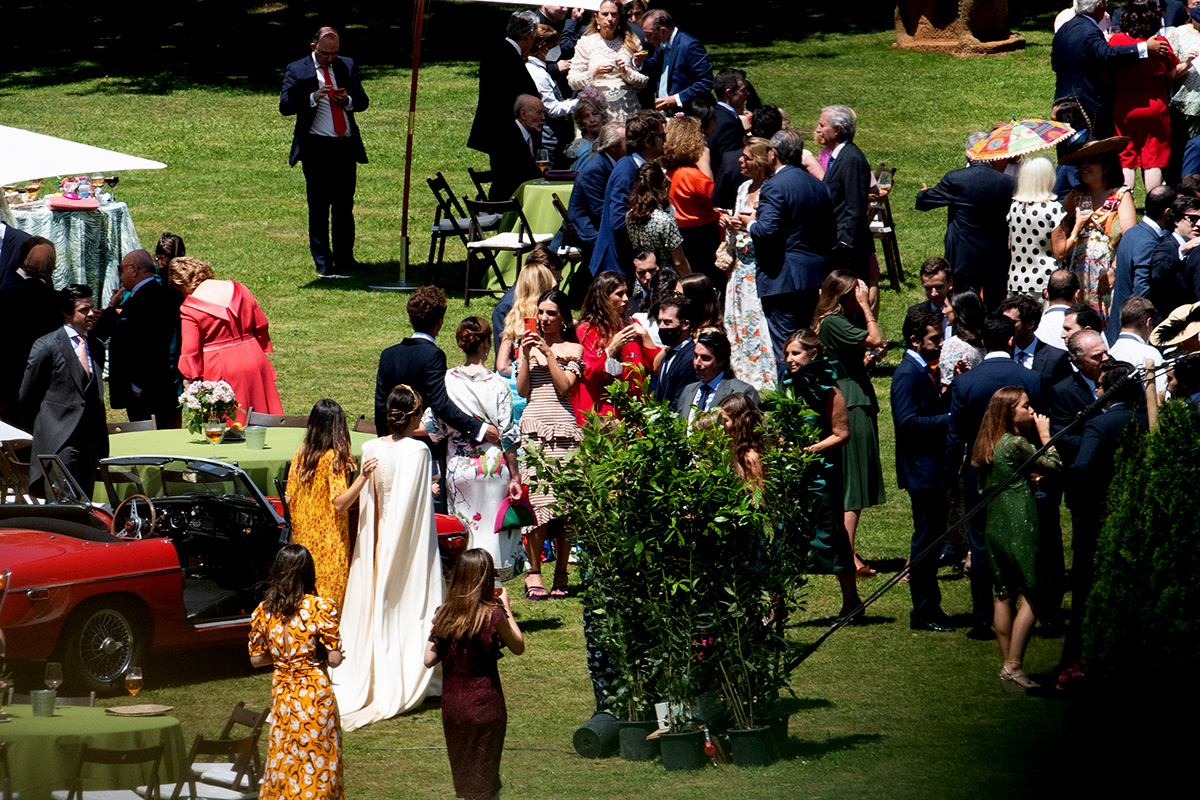The celebration of marriages has a direct relationship with economic crises: in each of the recessions that Spain has suffered in recent decades, the number of unions has been sharply reduced. It happened during the second oil crisis, in the process of devaluation of the peseta or in the Great Recession. And it happened even more intensely during the pandemic, when there was a 46% drop with just 87,481 marriages registered, the lowest figure in the historical series that begins in 1975.
“Before 2020, the year in which the fewest marriages [between people of different sexes] were registered in Spain was 2013, when, still immersed in the economic crisis that followed the bursting of the real estate bubble, the country reached the historical maximum of unemployed people”, explains Funcas according to his latest Focus on Spanish Society that he published yesterday.
On the contrary, 1975 was the year of the entire available series in which the most marriages were contracted: 271,347. Therefore, in 2020, just over half of the marriages were celebrated than in 2013, and less than a third than in 1975. Certainly, new marriages present an evolution highly dependent on the economic cycle, falling in recessive periods and increasing in expansive periods. , but, above these oscillations, the strength of the downward trend stands out, ”adds the study by the Fundación de las Cajas de Ahorro, which builds its work based on INE data.
The document also makes a comparison with what happened at the European level during 2020. In Germany, the Netherlands, Sweden or France, the drop in the number of links was lower. On the other hand, in Italy and Portugal the fall was more pronounced than in Spain, although Ireland was above the three southern countries with a reduction of 53%.
And on the evolution of the number of marriages in Spain during the successive recessions, the text shows that in the oil crisis that affected Spain between the end of the 1970s and the beginning of the 1980s, the number fell for the first time from 200,000 links. It later recovered slightly to drop again after the Barcelona Olympics and the Seville Expo. The evolution accelerated again, but in the first years of the new century that downward trend began to be noticed, accelerating with the bursting of the real estate bubble. The data in 2013 was close to 150,000 marriages and, after another slight upturn, there was a big drop from just over 160,000 marriages to less than 88,000.
Funcas also reflects on the fact that “the fall in marriage represents a widespread phenomenon in Western societies that, in general, is due to a reduction in both institutional and sociocultural incentives.” “The loss of importance of marriage in Spanish society is evident”, he insists, since “it has ceased to be understood as a crucial rite of passage for the emancipation of the family of origin and the formation of one’s own”. “However, this statement is limited to heterosexual couples, since marriage between people of the same sex follows an upward trend,” he concludes.
Conforms to The Trust Project criteria
















